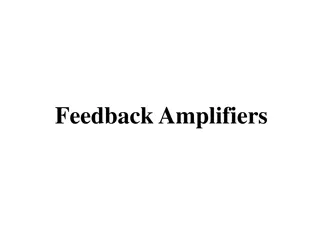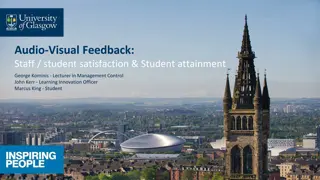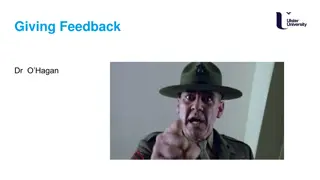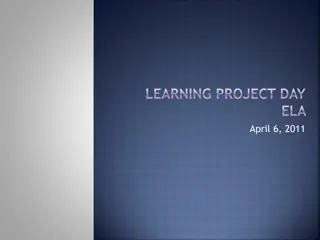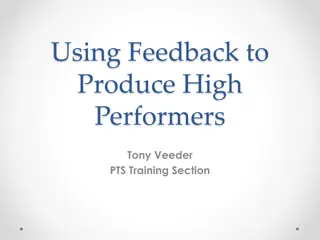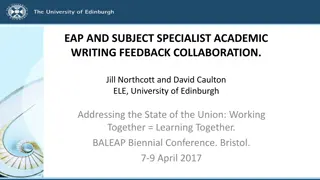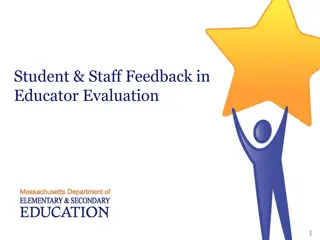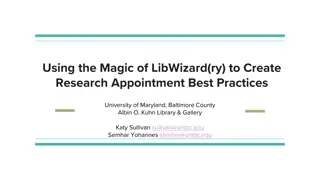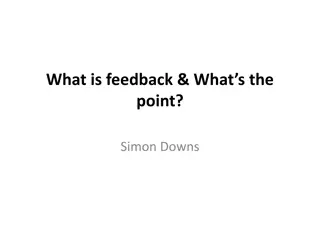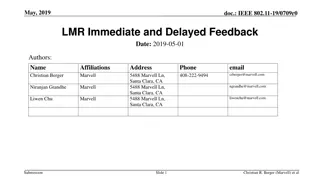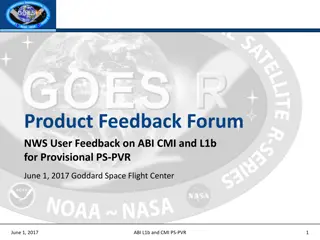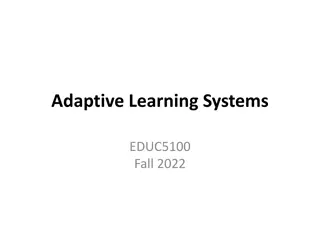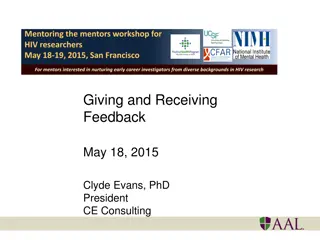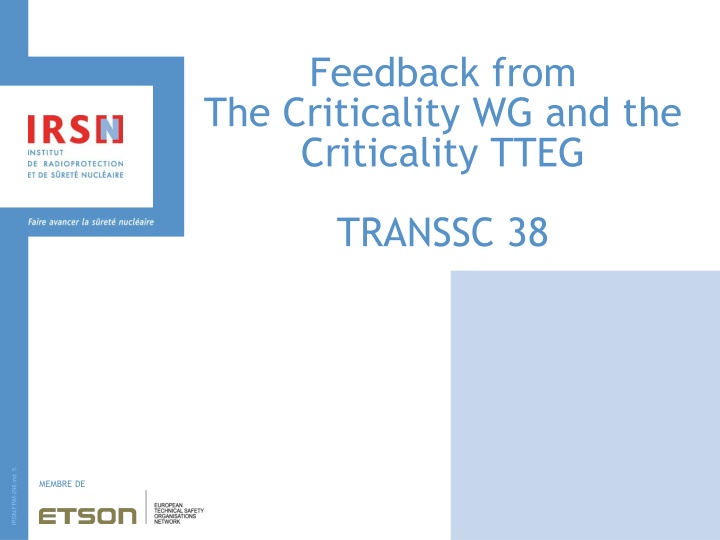
Insights on Criticality Studies at Low Temperatures and CSI Limits for Seagoing Vessels
Delve into discussions from the Criticality Working Group and the Criticality Technical Task Expert Group, covering topics such as criticality studies at low temperatures, CSI limits for seagoing vessels, and the technical basis for requirements. Explore issues like the classification of fissile excepted materials, mixed configurations of units, and the impact of less severe criticality tests. Discover key insights from papers and presentations at PATRAM 2019 and ICNC 2019, along with future considerations and expert decisions on CSI limits for seagoing vessels.
Download Presentation

Please find below an Image/Link to download the presentation.
The content on the website is provided AS IS for your information and personal use only. It may not be sold, licensed, or shared on other websites without obtaining consent from the author. If you encounter any issues during the download, it is possible that the publisher has removed the file from their server.
You are allowed to download the files provided on this website for personal or commercial use, subject to the condition that they are used lawfully. All files are the property of their respective owners.
The content on the website is provided AS IS for your information and personal use only. It may not be sold, licensed, or shared on other websites without obtaining consent from the author.
E N D
Presentation Transcript
Feedback from The Criticality WG and the Criticality TTEG TRANSSC 38 IRSN/FRM-296 ind. 5 MEMBRE DE
Main topics discuss during CWG and Criticality TTEG Criticality studies at low temperatures CSI limit for seagoing vessels The confinement system The technical basis to explain requirements Problem concerning less severe test Identification of fissile excepted on the transport document Mixed configurations of different units An example of an application for the 417 f) fissile excepted classification Papers and presentations at PATRAM 2019 and ICNC 2019 The future of the questionnaire MEMBRE DE 2
CSI limit for seagoing vessel IMO experts decided to maintain the requirement that only closed containers can be considered as large freight containers Open freight containers, like flat-racks currently used to carry enriched UF6 packages, cannot be considered as large freight containers , MEMBRE DE 3
CSI limit for seagoing vessel Before 1996 edition of the IAEA Regulations, the Transport Index (TI) applied both for radiation protection and criticality-safety purposes. The Technical Basis (TB) for the previous limit of 200 for the total vessel assigned for packages, overpacks and small containers might be for the purpose of radiation protection only. In the 1996 edition of the IAEA Regulations, the criticality safety index (CSI) was created and the limit for the previous TI for the total vessel assigned. Some members of the WG asked if there was a TB for the splitting of CSI and TI in 1996. There is a general agreement that a TB is needed for all figures in Table 11 of SSR-6. Some members of the WG asked if the limit of CSI for the total seagoing vessel is OK. In function of these answers, a modification of Table 11 might be proposed by a MS. There is a general agreement that the requirements for CSI limits for the total seagoing vessel are not consistent with the CSI limits on a train. MEMBRE DE 4
Problem concerning less severe test There is a general agreement that the most penalizing hypothesis between no damage and the damage after the 9 m drop test should be considered for the modeling of criticality calculations. There is also agreement that this does not mean multiple drop tests from various heights less than 9 m are necessary. Rather, engineering judgment can be used to consider what the effects of less severe tests are likely to be. It is the same principle for the 1 m drop test on a bar: the package design should be safe considering larger diameter bar but not necessarily for smaller diameter bar. MEMBRE DE 5
Identification of fissile excepted on the transport document In the past (CWG before TRANSSC 34 and TRANSSC 35), the WG has already discussed about this issue. About half of the group agreed with the proposed solution of introducing a special code. The other half of the group preferred to keep searching for an alternative solution. As an alternative solution, the relaxation of the requirement itself had been mentioned. In case of accident, the transport document could be destroyed but the information about fissile excepted material is always available by the carrier and consignor. A question is asked about this topic in the questionnaire. IATA will provide a proposal for special provisions in the modal regulations to solve this issue. MEMBRE DE 6
Mixed configurations of different units This issue could be divided into 3 steps: Step 1: To find the TB for the existing SSR-6. Step 2: to show, based on theoretical examples, that a mixed array configuration could be supercritical whereas the non-mixed arrays are subcritical. Step 3: to show that in real transport configuration, mixed configuration is not an issue for criticality safety purpose. A presentation related to steps 1 and 2 was performed. There is a general agreement that an advice should be made on this issue for the future in particular for new package design or new content. The general need to have a TB for the current SSR-6 provisions remains to be resolved. MEMBRE DE 7
An example of an application for the 417 f) fissile excepted classification A presentation about the first application in Germany was performed (this topic will be also presented during PATRAM 2019 conference). This presentation shows that the applicant does not understand the regulation. There is a general agreement that paragraphs in the advisory material about paragraph 417 f) should be clarified and improved. This example show that an e-learning presentation to support using the FISSILE exceptions is needed. This point will be discuss during next CWG before TRANSSC 39. MEMBRE DE 8
The future of the questionnaire A questionnaire has been prepared in order to provide an overview of practices in different countries and organizations to increase understanding in the differences in the approaches used for criticality assessment of package designs for fissile materials. The idea of such a questionnaire has already been presented during previous TRANSSC. A version of this questionnaire was uploaded in the Criticality TTEG sharepoint and in the TRANSSC Members Area (INF-22) Comments from members of Criticality TTEG had been taken into account. Part 1 of this questionnaire contains closed questions (14 questions) whilst Part 2 contains open questions (26 questions). MEMBRE DE 9
The future of the questionnaire Examples of closed questions (Part 1) Do you have, in your organization, specialists dedicated to the criticality-safety assessment of a package design for fissile material? yes Q1.1 no yes During the assessment of a package design for fissile material, do you have technical exchanges/meetings with the licensees? Q1.2 no yes During the assessment of a package design for fissile material, do you perform independent criticality safety calculations? Q1.5 no MEMBRE DE 10
The future of the questionnaire Examples of open questions (Part 2) If you perform criticality safety calculations during the assessment of a package design for fissile material, what is the typical extent of these calculations: is it the same calculation specifications as submitted by the licensees for approval of the package design for fissile material or calculations with different hypotheses? Q2.2.a Q2.5.aIn the application of the Regulation, how do you interpret the concept of the confinement system in the 209, 501, 681 and 838 of SSR-6? How do you use the information inside the transport document from paragraph 546(j) (is all these information items useful, do you control it, etc.)? Q2.6.f What do you want to be presented or discussed in the Criticality TTEG (for example, an interpretation of the regulation, an issue about the transport of fissile material )? Q2.6.i MEMBRE DE 11
The future of the questionnaire A member of the Criticality TTEG has already provided his answer. This questionnaire could be answered by members of the Criticality TTEG (countries and organizations). It is possible to answer just a part of these questions. It would be appreciated if completed questionnaires are returned before 31th October 2019 to mathieu.milin@irsn.fr The Criticality WG and TTEG will prepare a report on these answers. MEMBRE DE 12
draft workplan for 2019 2021 The CWG will continue to have interesting and valuable discussions on different topics. A draft report about the answers on the questionnaire might be prepared for the end of 2020. A final report about the answers on the questionnaire might be prepared for the end of 2021. MEMBRE DE 13
Thank you for your attention! MEMBRE DE 14



